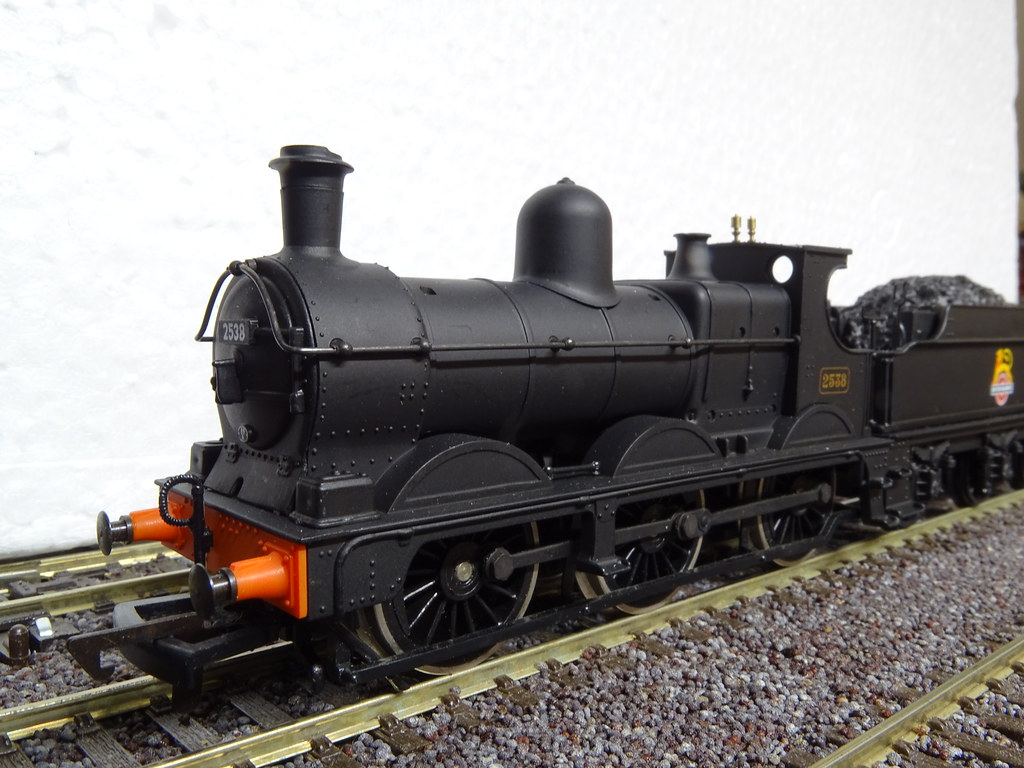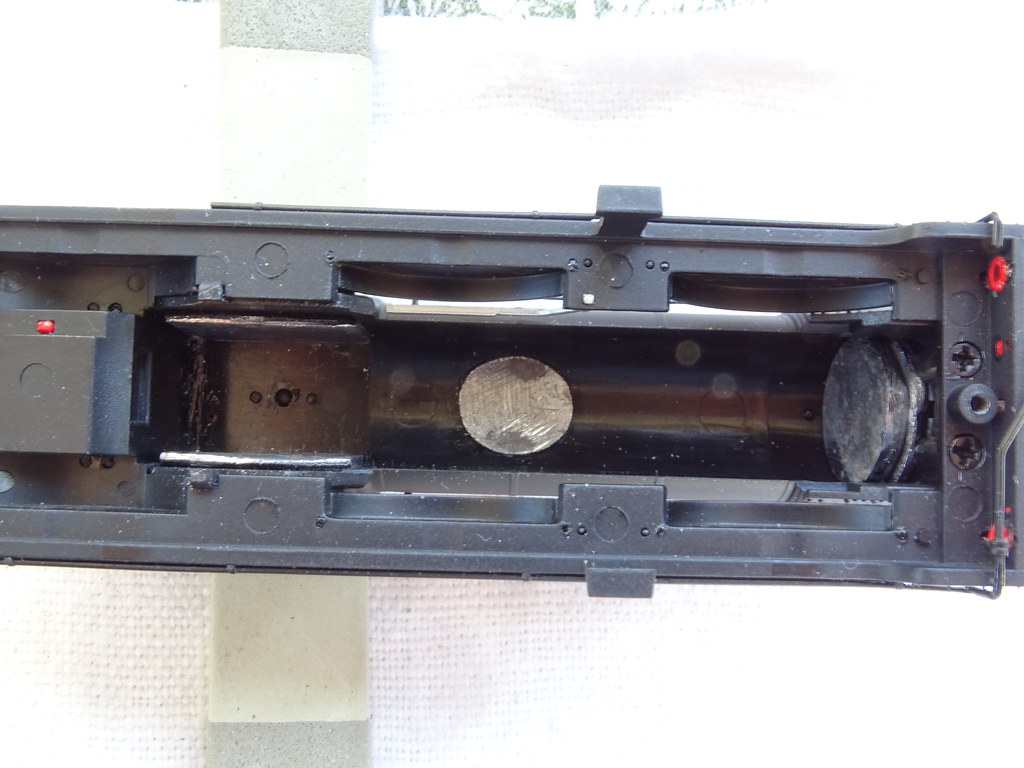No. 145 Weighing up the Dean Goods
I have been taking advantage of the Spring Sales and have bought myself a BR black engine driven Oxford Rail Dean Goods.
I bought my first Dean Goods back in 1985. It was a Mainline
model with a tender drive. The perceived wisdom was that the model was
conceived and designed by Airfix just before that company folded. I thought the
tender drive came with an unrealistically high mound of coal, to hide the
motor, and it could be noisy. It did have a good haulage capacity.
Mainline Dean Goods from 1985
I thought the model well detailed for its age and I believe
reasonably accurate. It was one of the earliest mass produced models to feature
blackened coupling rods.
Oxford Rail Dean Goods from 2017
Moving forward to 2017, Oxford Rail introduced an engine
driven Dean Goods. This model has generated significant ‘froth’ from modellers,
particularly those interested in pre-nationalisation engines who note numerous
dimensional and detailed deviations from the prototype. The first release by
Oxford Rail had a mechanism with twin flywheels. This was well received.
Subsequent releases have a different motor with a single flywheel. These later
models, particularly the sound fitted version, have attracted negative comments
reporting jerky and erratic running.
Oxford Rail Dean Goods – straight out of the box
Out of the box my Oxford Rail Dean Goods ran smoothly and
quietly – I was impressed. However when I took it up and down and round and
about (with eight wagons), it couldn’t get up my 1 in 56 gradients. I was
disappointed.
The prototype Dean Goods is a little engine and it is not
surprising that Oxford Rail’s model weighs under the 200gm (including tender).
I would see if the weight could be increased.
Oxford Rail Dean Goods chassis – NB added lead beneath
the flywheel
On inspection there is quite a lot of unused space within
the model and I was easily able to add 3gm of lead to the chassis beneath the
flywheel. There is further space beneath the motor but I left this empty as I
did not want the motor overheating.
Spot the lead
Turning my attention to the body shell I identified four
locations to add some lead. I filled the dome and safety valve with lead shot,
sealing the former with a plug of lead glued in place with super glue(6gm). I
glued two circles of lead, cut from sheet, into the smoke box (8gm). Finally I
fixed two slabs of lead, shaped to fit into the sides of the firebox (12gm). In
total I increased the weight of the engine and tender from around 195 to 225gm.
Oxford Dean Goods – standing start on 1 in 56 gradient
I had also read somebody’s blog saying that they thought
that the tender was propping up the rear of the locomotive. The tender to
engine coupling was certainly very rigid and I slackened off the coupling screw
beneath the tender to give more vertical movement. As the video shows the newly
weighted model with extra flexibility between engine and tender could now
easily start eight wagons on my 1 in 56 gradient.
Oxford Rail Dean Goods – dummy vacuum pipe
To fit the lead into the body shell I had to ‘get inside’.
At the front the coupling pocket has to be removed to gain access to the single
front fixing screw. At the rear there are two screws beneath the cab. I had to
carefully angle the screw driver to prevent damage to the brake rodding
assembly. However there is another problem which I hadn’t noticed. There is a
dummy vacuum pipe running across the front of the engine beneath the buffer
beam. I am guessing that I snapped this when I lifted the body off the chassis
because the dummy pipe was loose in two pieces with a 5mm gap.
Oxford Rail Dean Goods – dummy vacuum pipe after
repair
There is a dummy coupling in the vacuum pipe which I suspect
is meant to separate and allow the body to be lifted clear. That is how I have
reinstated the pipe - using a bit of circular section plastic cut from an old
handrail, glued at one end and left as a push fit at the other. All good fun.
Oxford Rail Dean Goods from 2017
I now have a much more useful model. However I still have
two ‘niggles’ to sort. Firstly I need to fit a front number and secondly I
would like to better disguise the horizontal join beneath the boiler between
the upper plastic boiler and the lower metal motor support. It occurs to me
that if the body and chassis could be pulled more tightly together the latter
join would not be so visible. I will share two more pictures that I made whilst
body and chassis were separated.

Oxford Rail Dean Goods –chassis front end
At the front end it seems to me that the body and chassis
cannot be pulled completely together because of the wire fitting for the brake
rods.
At the rear end there is what I would call a ‘rats nest’ of
wires that are supposed to tuck beneath the cab. Looking closely at the picture
there are crease marks in these wires where the body shell has been cutting
into the wires. To date I have not investigated further but for those modellers
with locomotives that jerk and run erratically I would start investigating here
for broken wires!
As a parting I am including an image I found on the internet - appologies if I am breaking someone's copyright.
- a super image showing a Dean Goods working out its last
few years.
For some thoughts on and actions regarding a
pre-nationalisation model look no further than the Farthing Layouts:
Yet more impressive work from Mikkel









Comments